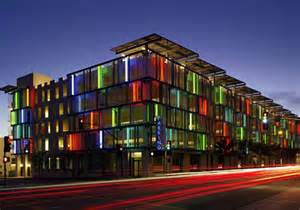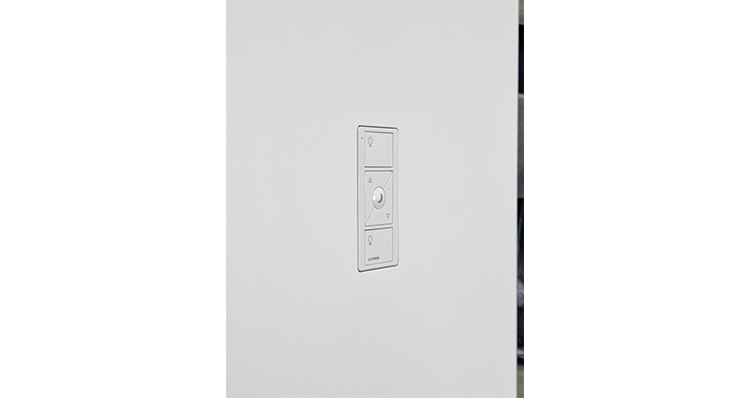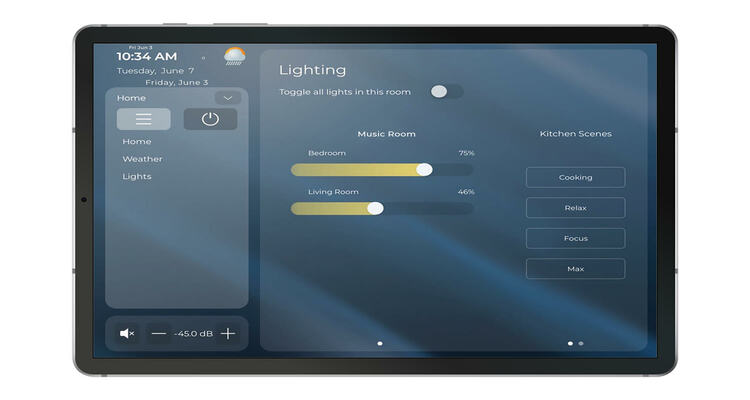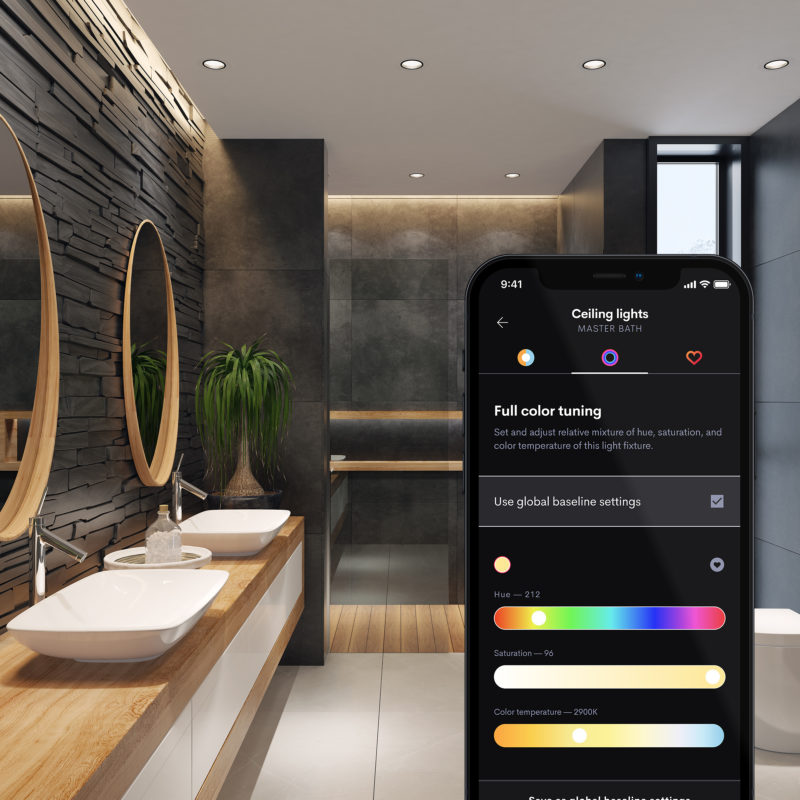Variable Color LED Lamps: Who’s in Control?
 Wikipedia: The light-emitting diode (LED) began appearing as practical electronic components in 1962 in IR and Red. The first high-brightness blue LED was demonstrated in 1994 and within a couple years the first White LED (combined Red, Green and Blue LEDs) was demonstrated.
Wikipedia: The light-emitting diode (LED) began appearing as practical electronic components in 1962 in IR and Red. The first high-brightness blue LED was demonstrated in 1994 and within a couple years the first White LED (combined Red, Green and Blue LEDs) was demonstrated.
The use of LED lamps in commercial applications continues to grow with every project we see. Some of the growth can be attributed to local ordinances, and or to meet LEED targets, and also because the cost of LED lamps continue to drop. A few months back we had our first request for Variable Color LED lamps in a building common area. The customer wanted to create scenes in a translucent wall based on the event taking place and also holiday colors. Looking back at that custom solution I feel we are not far from when the wall light switch for our offices will control both lighting level as well as the desired color. Wow, that’s cool! But wait a minute how will the Building Automation System (BAS) control these new components? The trend is moving towards more BAS control of lighting, and this entirely new component does not yet have much of a plan for communicating to the building.
Lets say you wanted to market a simple BAS compatible wall interface to control color of your commercial LED fixtures how would you do it?
- DMX-512 – This is how the Event/Show Industry controls level and color today.
- 0-10vdc – This would control level, but not color. Common for dimmable fixture level control.
- DALI – This standard could control both level and color.
- Proprietary – Some manufacturers have non-standard control devices for level and color.
Having a little bit of experience as a production engineer, and a lot of experience in equipment integration I believe there are only two options of the 4 listed that will meet the needs and have standards based history; DMX-512 and DALI. I should have mentioned from the start that the choice must be standards based and be compatible with any other manufacturer’s components. Finally now lets compare these two protocols;
PROS for DALI
- Designed for general commercial lamp by lamp control
- Lighting Scenes are native to the control
- Simple to connect. Most devices have RJ-45 for cat-5e cable.
CONS for DALI
- Is a European design, so still not yet well accepted in US.
- Communications can be slow.
- Not designed for rapid changes of many devices.
- Limited device support
PROS for DMX-512
- Designed for Show Lamp Control so plenty fast for Commercial needs
- Native color control
- widely used for Color Lamp Control
- Simple to connect.
- Large array of existing and diverse equipment uses DMX-512.
CONs for DMX-512
- Not originally designed for large area office lamp control
- IMHO I wish this as natively IoT, but add-on components make work.
I wish I could say the days of the simple mechanical wall switch were not gone, but they are. Not that current state of the art wall dimmer controls are not electronically complex, but there would be even a bit more complexity to support DMX or DALI in a wall switch (and hopefully it be IoT).
JUDGES DECISION: DMX-512 in the absence of any other capable lighting control protocol, looks to be the correct answer that will also connect to a Building Automation System. So you Lighting Control Manufacturers out there listen up — DMX may be your best answer and you need to get rolling on a solution since I let the cat out of the bag.
COMING SOON: Another conversation entirely is the importance of light color in the happy office space, and I will discuss that in a coming blog.





